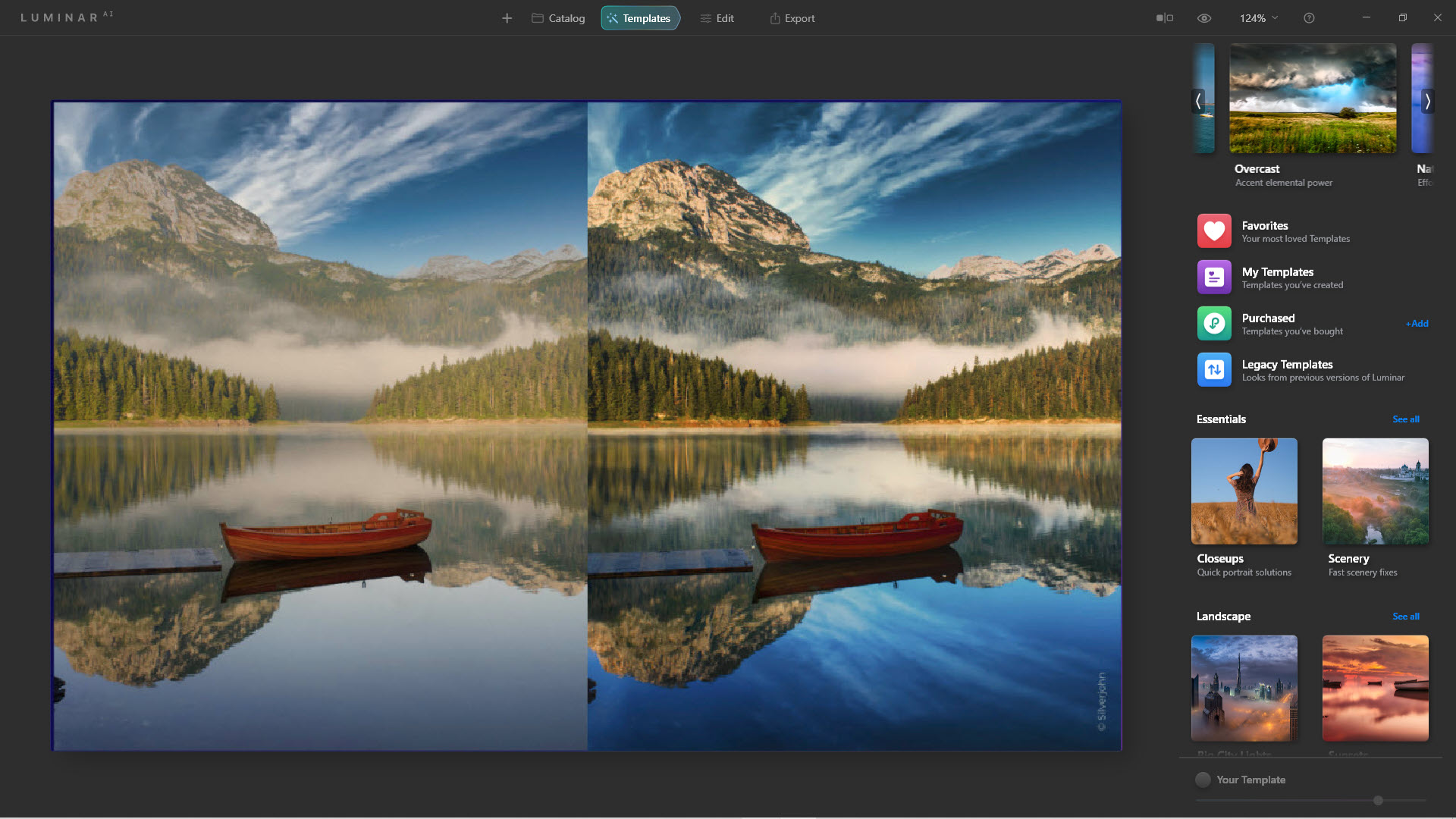

So, my publisher Rocky Nook and I decided to update my Luminar 4 book for Luminar AI. When I dug into the first beta versions of Luminar AI, I was excited to see that a lot of the deceptively deep features were still there, just not emphasized in the marketing. It boasted a new imaging engine, a workflow designed to improve photos quickly, and more great AI features such as expanded portrait tools and more ways to augment skies. Skylum followed that up with Luminar AI, which pushed more into the realm of AI-assisted photo editing. I like to describe Luminar 4 as deceptively deep, because although it has features for quickly improving photos, you could use layers and masks to really dig into the capabilities and perform sophisticated edits.

My first book on Luminar covered Luminar 4, which was the maturation of Skylum’s all-in-one photo editing tool that covered all the basics and introduced significantly cool AI features like sky replacement and portrait enhancements. So, let me first talk about Luminar AI and my book, and then I’ll turn to what the Luminar Neo news means. Ironically, today Skylum pre-announced Luminar Neo, a new photo editing app coming later this year.


 0 kommentar(er)
0 kommentar(er)
